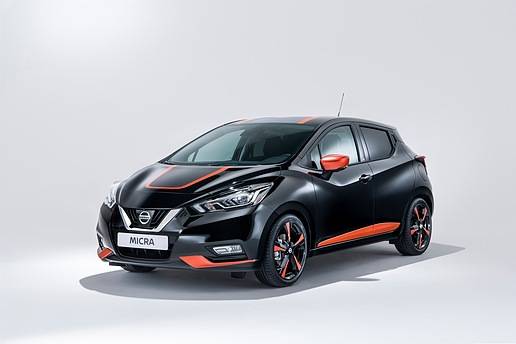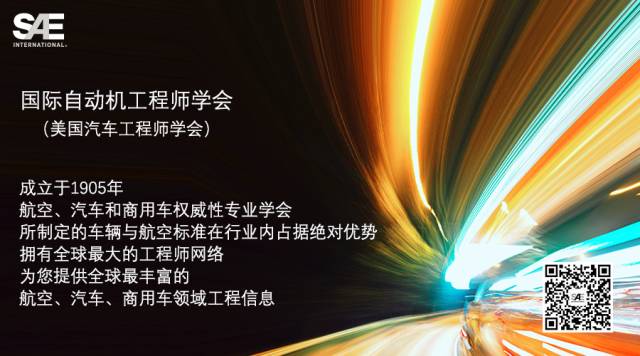 DSD公司打造的12V e-machine,采用了自由轮变速器的概念设计。
DSD公司打造的12V e-machine,采用了自由轮变速器的概念设计。 DSD公司的12V轻度混合概念将非常适用于一些超级迷你的小型车,比如上图中的日产Micra BOSE个人版。
DSD公司的12V轻度混合概念将非常适用于一些超级迷你的小型车,比如上图中的日产Micra BOSE个人版。 最近,DSD为公司的变速与传动系统测试中心增加了3组新测试设备。
最近,DSD为公司的变速与传动系统测试中心增加了3组新测试设备。
随着汽车混合动力解决方案的逐步普及,如何降低这些需要48V电系的复杂系统的成本,已经成为了各汽车厂商与供应商必须长期面对的挑战,特别是对于相对售价较低的A级车、超小型车和微型车来说尤甚。在此背景之下,这对印度等因城市交通非常拥挤,小型车辆非常流行的新兴市场来说,更是至关重要。
为了实现这个目标,动力传动系统和变速器设计专家公司——动力系统设计公司(DriveSystem Design (DSD) )近日公布了一款轻度混合动力概念,据称可以为更加精密(成本也更高)的全混动车辆系统回收高达60%的能量。此外,该系统还支持使用12V电系(无需升级至48V电系),因此非常有利于厂商的成本控制。
根据DSD公司技术总监AlexTylee-Birdsall的介绍,这款新概念“特别适用于小型手动档或AMT车型”。他补充说,目前,混动动力汽车在全球汽车总量中的比例仍非常低,我们实际上很难实现显著的CO2减排效果。因此,增加小型混动车辆的数量将为全球CO2减排事业做出突出贡献。
DSD系统可通过在车辆变速器的输出侧(车轮)安装一个自由轮设备,而后通过自由轮连接12V电机。Tylee-Birdsall声称,这种系统能够兼容手动变速器,可在发动机“熄火”状态下,为车辆提供爬行和坡道控制等功能。该系统还能为车辆提供一种滑坡或航行模式,可在驾驶员松开油门时工作,进而减少车辆换挡期间的扭矩效应干预(AMT变速器的弊端之一)。
此外,该系统还可以在发动机关闭时继续为车辆供电,进而取得Tylee-Birdsall口中的“显著CO2减排效果”。
这款自由轮设备可以便利发动机/变速器与车轮的分离,进而减少阻力。根据DSD工程师的介绍,数学建模显示,小型全混动汽车采用12V设备即可以实现超过60%的能量回收,且无需借助额外的高压电池组、直流-直流转换器及相关的控制系统。
随着混合动力汽车市场份额的稳步扩大,厂商和一级供应商的需求也正在逐步提高。为了支持公司自身与整个行业的测试需求,DSD公司最近又对自己的测试中心进行了进一步的扩充,从而迎接决定性动力传动系统效率需求带来的特殊挑战。
目前,DSD公司的研发工作主要集中在针对纯电动汽车与混动汽车架构的量产低噪声齿轮设计、车轴与变速箱的性能优化、轻质设计及e-drive解决方案等。最近,DSD为公司的变速与传动系统测试中心增加了3组新测试设备,将公司的测试单元总数增加至10个。DSD公司指出,为了实现测试中心的价值最大化,公司还一直在进行内部技术开发,解决决定性动力传动系统效率的问题。
DSD公司首席工程师RobOliver解释说,“随着扭矩容量的增加,一些数据差异就显得不这么明显了。为了提高测量精度,我们已经开发了大量自有技术,可以进行扭矩传感器校准,进而克服这个问题。”
此外,DSD的测试中心还可以在液压系统装配至变速器之前,提前集成相关电子元件。
目前,DSD测试中心中最大的测试单元含有5个电机,可取得7000 N·m (5163 lb·ft)的扭矩输出和700 kW (939 hp)的功率输出,非常适用于四轮驱动和混合动力车型,外加小型汽车、大型卡车及非公路车辆的动力传动系统。
As hybrid solutions for cars gain broader applications, reducing cost in technology-dense systems that demand 48V power is a constant challenge. It is particularly important for A-segment cars, superminis and microcars and equally vital for emerging markets such as India, which have traffic clogged major cities.
To this goal, driveline and transmission engineering specialist Drive System Design (DSD) recently revealed a mild hybrid concept that it claims offers up to 60% of the energy recovery typically achieved by more sophisticated (and costly) full hybrids. And it can be done using 12V electrical architecture as a major contributor to cost control.
According to DSD Technical Director Alex Tylee-Birdsall, the new concept "is especially suitable for small vehicles with manual or automated-manual transmissions.” He adds that significant CO2 vehicle emissions reductions can’t be achieved while the hybrid population of vehicles globally remains low. So small, high-volume hybrids would make a significant contribution.
DSD’s system connects a 12V electric machine via a freewheel device on the output (road wheel) side of a car’s transmission. It is compatible with manual gearboxes and facilitates engine-off mode while the e-machine provides creep and hill-hold functionality, Tylee-Birdsall claims. The system also provides a coast or sailing mode when the accelerator is released, so reducing torque-effect interruption during gear shift (invariably an AMT downside).
And when the engine is switched off, the system continues to provide electrical power. It will deliver what Tylee-Birdsall describes as “significant CO2 savings.”
The freewheel device facilitates engine and transmission decoupling from the road wheel, thus reducing drag. According to DSD engineers, mathematical modeling has demonstrated that a 12V machine on a small car could achieve over 60% of the energy recovery of a complex full hybrid system, obviating the need for an additional high-voltage battery pack, DC-DC converter and associated control systems.
As hybrids steadily gain market share, OEM and Tier 1 suppliers’ requirements are growing. To support its own and the industry’s testing needs, DSD has expanded its test facility capabilities, developing it to meet the particular challenges of determining driveline efficiency.
R&D work is concentrating on robust low-noise gear design for high volume production, in addition to efficiency improvements for axle and transmissions and lightweighting and e-drive solutions for both pure EV and hybrid architectures. In the recently expanded transmission and driveline test center, three new test cells were commissioned, bringing the total to ten. The company states that to maximize the value of the expanded facility, it has developed in-house techniques designed to solve the problem of determining driveline efficiency.
Rob Oliver, the company’s Chief Engineer, explains: “As torque capacity increases, the differences we are looking for become a smaller proportion of the maximum figure. To improve measurement accuracy, we have developed our own techniques for the calibration of torque transducers which help overcome this.”
The test facility also has the capability to enable hydraulics systems to be combined with their electronics before assembly in the transmission.
DSD’s largest test cell incorporates five electrical machines having output motors capable of 7000 N·m (5163 lb·ft) and 700 kW 939 hp), catering to 4WD and HEVs, plus drivelines of small cars to trucks and off-highway vehicles.
Author: Stuart Birch
Source: SAE Automotive Engineering Magazine
等级
打分
- 2分
- 4分
- 6分
- 8分
- 10分
平均分
